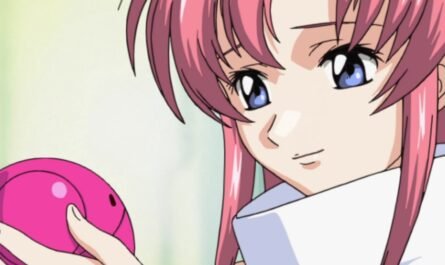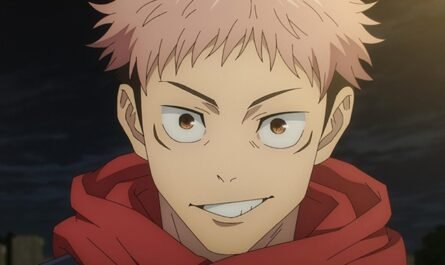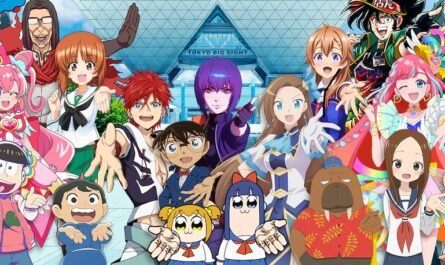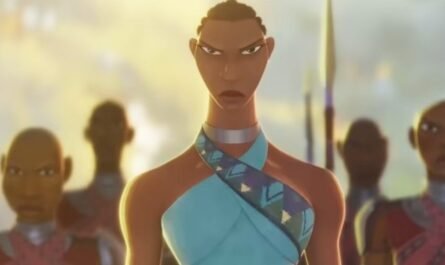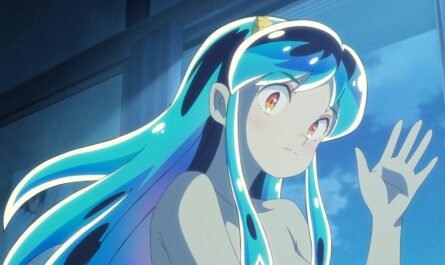Nippon Television’s ” Friday Road Show ” (9 o’clock later) broadcasts popular and past masterpieces every week. Every time this week, we will start a column about the works that will be posted that week. The first is “Wolf Children’s Rain and Snow” (2012), directed by Mamoru Hosoda, broadcast on the 2nd. Since the latest work, “Ryu to Soba Kasumi no Hime,” will be released on the 16th, Hosoda’s work will be broadcast for three consecutive weeks as a “review” of past results. Four anime movies will be posted in July, including the anime version “I Want to Eat Your Pancreas” on the 23rd.
For reporters in their mid-40s, “July Kim Lo” is the image of “the final week is the new TV special of’Lupin III’.” However, many people think that “animation movies will be broadcast every week in July” these days. This is because the anime movies that the station is involved in producing, including Ghibli works, are often released before. After summer vacation, so they are broadcast to liven up. However, looking at the broadcast results since 2001, it was only ten years that four animations were posted in July.
At that time, along with the release of the Ghibli movie “The Borrower Arrietty,” “Porco Rosso,” “Whisper of the Heart,” “Howl’s Moving Castle,” and “My Neighbor Totoro” was broadcast for four consecutive weeks. The reason I thought “I’m doing anime every year, every week” is because the work has power, or because there are regular broadcasts every few years … A few of them have been broadcast in other years, but it has become clear that “not all anime is as much as I expected.” Meanwhile, “Wolf” is posted.
The voice of the main character, Hana, the mother of rain and snow, is Aoi Miyazaki, and the voice actor of her father is Takao Osawa. However, unfortunately, a famous actor from the Showa era made this work a “remaining work.”
That is Bunta Sugawara (who died in November 2014), who is known for the “Battle Without Honor and Humanity” and “Torakku Yaro” series. Mr. Sugawara was in charge of the voice of Nirasaki, a stubborn older man who started farming in the countryside of Toyama, where flowers moved. Crew cuts of gray hair and a powerful look are depicted as a character reminiscent of Mr. Sugawara. When the work was released, Mr. Sugawara left Tokyo and engaged in agriculture. Director Hosoda said that he requested, “I thought that something like a certain kind of rigor was perfect for the role.” Nirasaki takes a blunt attitude in his work but warmly watches over the flowers and his two children living in the unfamiliar countryside and supports them behind the scenes.
The story’s center is that the rain and snow that were born as “Okamikodomo” come into contact with nature and various people, the kindness and love that they receive from their surroundings, and the way they grow up knowing that they cannot live alone. I want Mr. Sugawara of the day to remember. (Tetsuto Takayanagi)





